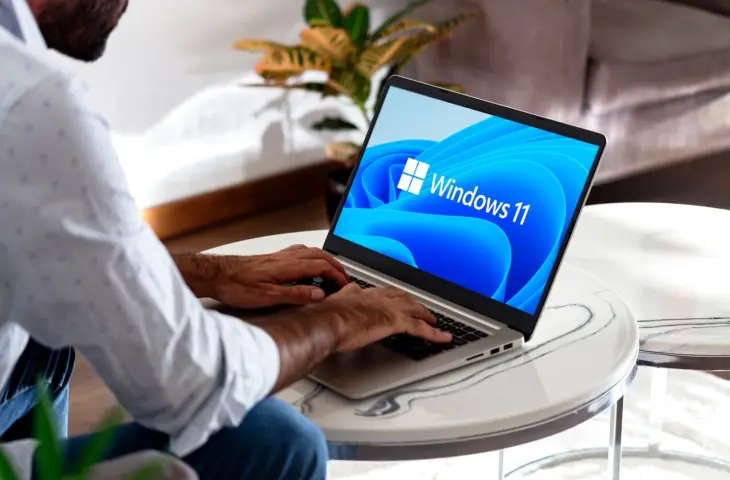Nearly four years after its debut, Windows 11 has officially become the most widely used desktop Windows version—surpassing Windows 10 with over 52% market share, compared to about 45% for its predecessor, according to StatCounter data. This milestone coincides with the rapid approach of Windows 10’s end-of-support date—October 14, 2025 theverge
1. 📅 Why Now?
Windows 10 is nearing its end-of-life, prompting businesses and consumers to upgrade. Microsoft’s aggressive push includes free upgrades and cloud backup prompts. That combined effort has finally pushed Windows 11 past the 50% threshold
2. 🛠️ A Steady Climb
Windows 11 started with less than 10% adoption in its first year. It steadily grew—hitting ~28% in 2023, ~36% in early 2024, and now crossing the 50% mark in mid-2025
3. 👩💼 Thanks to New PCs & Enterprises
All new PCs have shipped with Windows 11 since 2021. In addition, many enterprises launched hardware refresh programs ahead of Windows 10’s support cutoff, accelerating the migration
4. 🔐 Security & AI Features on Offer
Windows 11 brings new features—enhanced security, AI-driven Copilot integration, game optimization, and a fresh UI—which appeal to users, especially in business and gaming communities.
5. ⚠️ What About the Holdouts?
A small share of users, often on older hardware, will stick with Windows 10. However, they now risk missing critical patches and updates. Microsoft is offering a free year of extended security updates for users synced to OneDrive
✅ Summary
Windows 11 overtaking Windows 10 marks a major shift in Microsoft’s desktop ecosystem. As support for Windows 10 ends this October, expect further migration toward the modern OS—driven by new hardware, security needs, and advanced features.


